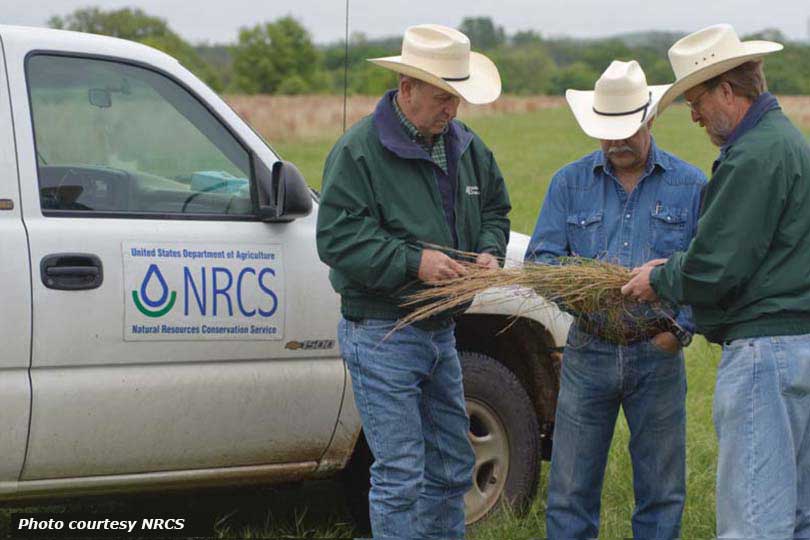The U.S. Department of Agriculture (USDA) Conservation Stewardship Program (CSP) is the nation’s largest conservation program with 70 million acres enrolled. Farmers and ranchers can sign up for the 2017 CSP program beginning Nov. 14, 2016 through Feb. 3, 2017.
In response to customer and partner input, the 2017 CSP program includes several changes and updates to help farmers and ranchers better evaluate their conservation options and the benefits to their operations and natural resources.
The updates include new methods and software for evaluating applications and help landowners see why they are or are not meeting stewardship thresholds. They allow them to pick practices and enhancements that work for their conservation objectives.
“This year, the Conservation Stewardship Program provides even more opportunities for conservation and greater flexibility at the local level to prioritize resource concerns and conservation approaches,” Natural Resources Conservation Service (NRCS) Chief Jason Weller said in a news release. “State and locally customized CSP tools will improve the customer experience during application evaluations.”
The full details on the new CSP features have not yet been released, but the changes will make it easier for landowners and NRCS field staff to understand the program. NRCS redesigned CSP tools to create a clearer and more logical process from initial program eligibility stewardship assessment to application ranking and payments.
The changes will help NRCS agents develop more individualized conservation plans for landowners to more focused on specific enhancement objectives, like improving wildlife habitat and soil health or managing for pests, Weller said.
Through CSP, farmers, ranchers and forest landowners earn payments to actively manage, maintain and expand conservation activities like cover crops, ecologically-based pest management, buffer strips and pollinator and beneficial insect habitat. CSP also promotes the adoption of cutting-edge technologies and new management techniques such as precision agriculture application, on-site carbon storage and new soil amendments to improve water quality.
CSP is for landowners who are already established conservation stewards, helping them to deliver multiple conservation benefits on working lands, including improved water and soil quality and enhanced wildlife habitat.
Some of the conservation benefits from CSP include improved cattle gains per acre, increased crop yields, decreased inputs, improved wildlife population and better resilience to weather extremes.
Applications can be found in local service centers. Farmers and ranchers can find more information here or visit their local USDA Service Center. The Texas CSP link can be found here.

